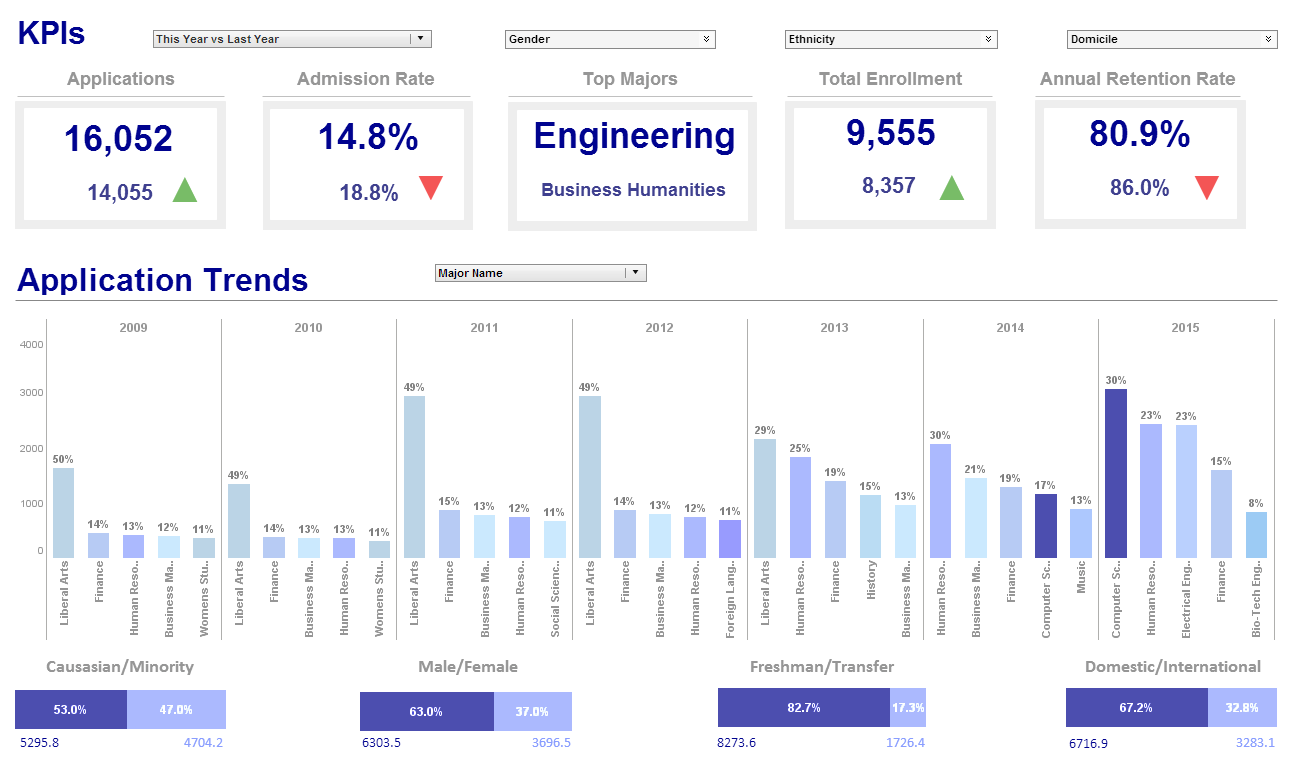InetSoft Webinar: Chat Tools to Track Decision-making
This is the continuation of the transcript of a Webinar hosted by InetSoft on the topic of "The Movement Towards Using Unstructured Data in Business Intelligence Solutions." The speaker is Mark Flaherty, CMO at InetSoft.
Are enterprises using chat tools instead of having a round table verbal discussion about decisions? Are they forcing people to use something like that so they can trace decision-making?
I wouldn’t say they’re forcing this method. What I’ve observed is the whole social network phenomenon has created a communication channel that people are now predisposed towards and are already regularly communicating via those channels.
So organizations are looking to leverage those channels. It’s less about forcing people and more about taking advantage of the penetration that social networking has made into the employees of the organization.
My personal opinion is that collaboration is still very primitive in most organizations. And so, I would lump this into this same category as being innovative. Two-thirds of the organizations are not really basing a lot of importance on that right now. But again if you’re looking for ways to be innovative, I think it’s pretty clear that collaboration will become more and more important and it could be a way again to show some vision and get ahead of the market a little bit.
| #1 Ranking: Read how InetSoft was rated #1 for user adoption in G2's user survey-based index | Read More |
There’s plenty of other places to start, you don’t have to start with collaboration but it is one of the things that information applications should provide. People are more likely or more comfortable doing this within an organization right now as opposed to either with consumers of their business partners. There is not a huge difference between those, but still directionally, people are more comfortable to deliver these types of things within an organization. We see repeatedly in all the different areas, that usability is most important.
Structured data, the point I would take away from this is that there are amounts of unstructured data that are also approaching not quite 50 percent, but if you look at the content management systems, that’s 45 percent and almost a third of the organization’s look at unstructured data from documents.
So why wouldn’t transaction data be a hundred percent?
I’m fairly certain that the way this question was asked and I don’t have the data right in front of me, but the way we typically ask this question is ‘very important,’ ‘important,’ ‘somewhat important’ and ‘not important.’ And I’m pretty sure this bar represents those who ranked it very important. So I suspect that many others also ranked it important but just not very important. And if you think about what I said earlier that some people in this space are focusing mostly on unstructured data, so there could be people responding to the survey that are more interested in unstructured data than structured data for particular applications.
So from their perspective, that information is more important. Those customers were dealing probably with unstructured information. And so to the extent that they responded to the survey, quite possible that they could have ranked unstructured information highly important. And it’s not exclusive, they can rank as many things as they want as ‘very important.’ It’s quite possible that some of our larger customers may have ranked unstructured data as very important and structured information as important or not important. Similar types of things you’ve seen in the business intelligence space come up here. This first one again, assembling information into a view is important.
 |
View a 2-minute demonstration of InetSoft's easy, agile, and robust BI software. |
These are recommendations we make to organizations. They’re primarily targeted at the users of these applications. So we’re suggesting that organizations look at how they’re doing in assembling these types of applications across structured and unstructured boundaries. We encourage both business and IT to get involved. As with BI applications, if it’s driven solely by one or the other, there’s going to be gaps in the ultimate solution. Focusing on productivity and inefficiencies, this will back that notion of applying technology, whether it’s automating the entire process or hoping to at least automate collection and assembly of information or finding information that’s going to make the decision-making more efficient.
| Previous: What Are Some Examples of Unstructured Data BI Applications? |


